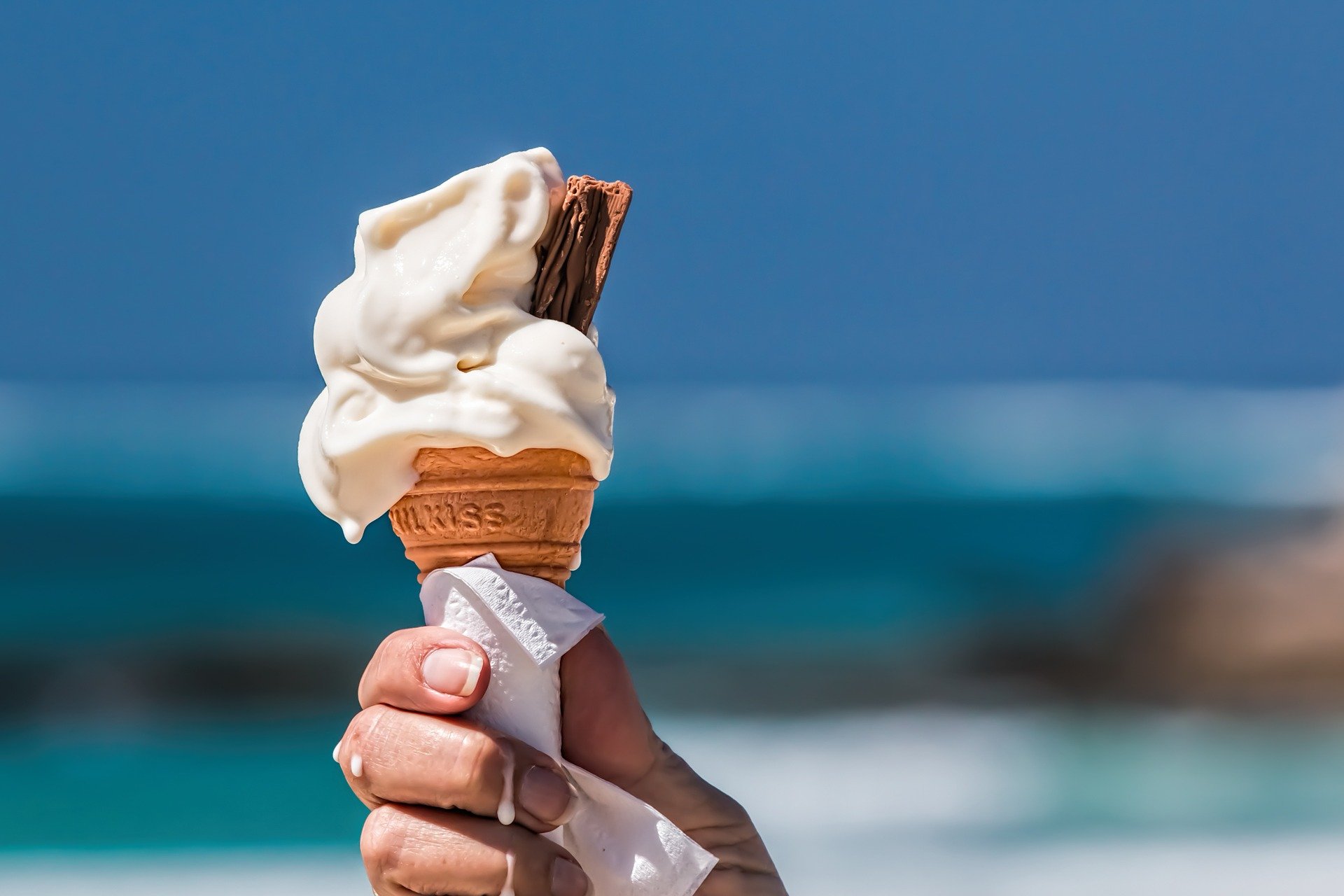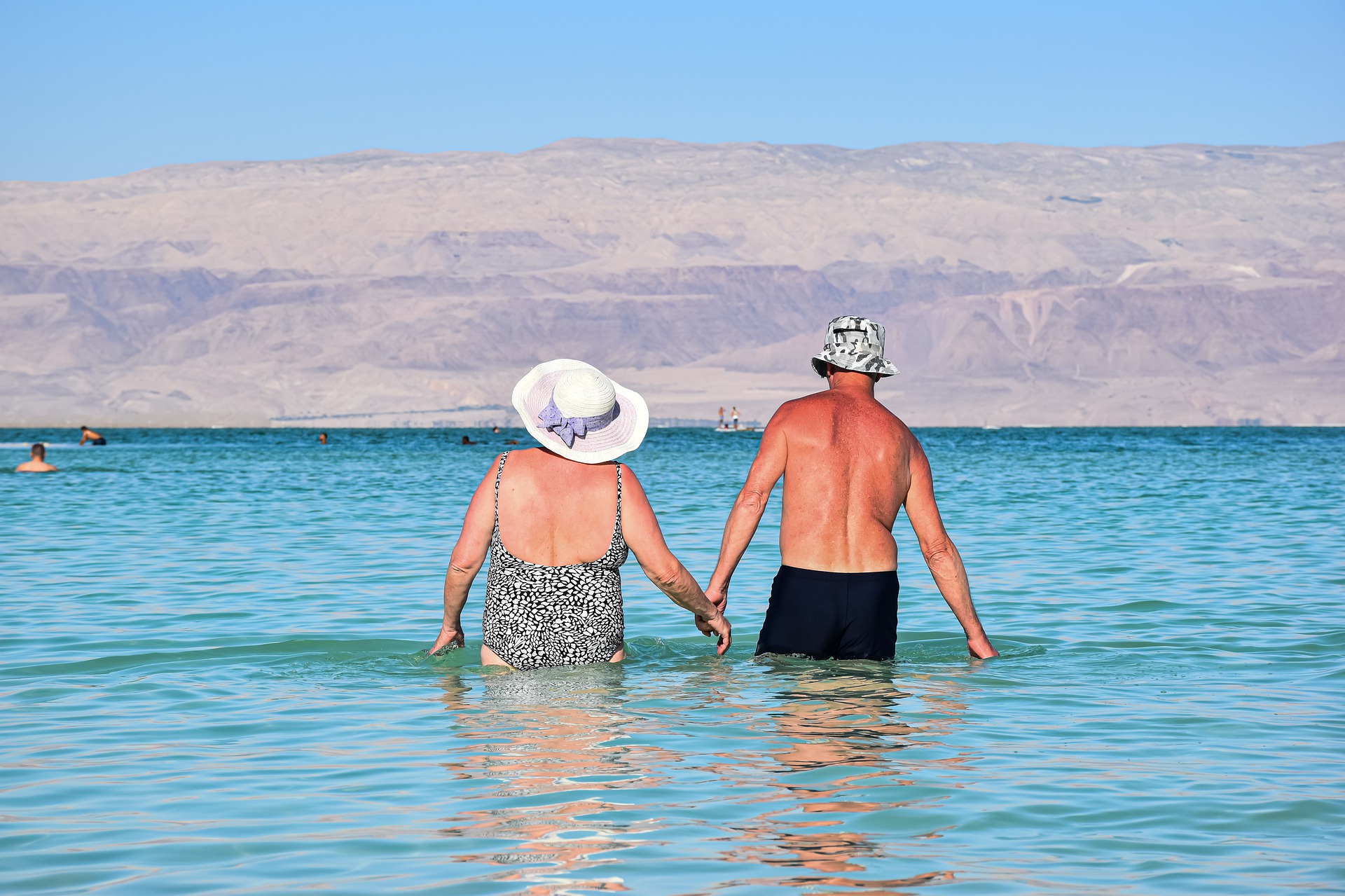
Many of us like to work, play and relax outside on a sunny day. But too much sun and heat can be harmful, so be careful!
Sun safety tips:
- Cover up. When the UV Index is 3 or higher, protect your skin as much as possible. Wear light-coloured clothing, long-sleeved shirts, pants and a wide-brimmed hat.
- Limit your time in the sun. Keep out of the sun and heat between 11am and 3 pm.
- Use sunscreen. Make sure your sunscreen is labelled “broad spectrum” and “water resistant” with an SPF of at least 30.
- Drink plenty of cool liquids (especially water) before you feel thirsty.
- Avoid using tanning equipment.
Many of us have heard these tips before, but what are the warning signs that we need to be aware of and what can we do when someone is in distress?
Seniors and the Sun
It takes energy for our bodies to regulate our temperature, and this extra demand can cause a serious, significant, and even deadly stress for seniors. As we age, our ability to manage changes in temperatures can bae comprised. Over-exposure to heat and the sun (especially for older persons) can cause dehydration, heat exhaustion, and heat stroke.

Dehydration
When we release more fluids that we take in, we can become dehydrated. Symptoms include thirst, reduced urine production, elevated heart rate and lower blood pressure, reduction in tears, vomiting, muscle cramps and light-headedness. Left untreated, dehydration can lead to heat exhaustion, heat stroke, and ultimately, death. Introduce fluids in frequent and small amounts, including water, clear broth, popsicles, and electrolyte replacements such as Powerade and Gatorade.
Heat Exhaustion
Dehydration, extended exposure to the sun and over-exertion can lead to heat exhaustion. In addition to the symptoms described for dehydration, heat exhaustion can also include profuse sweating or inability to sweat, confusion, fever up to 103 F, fainting, seizures, difficulty breathing, chest or abdominal pains. If any of these symptoms do not respond to the cessation or physical activity, cooling, and the re-introduction of fluids (as described with dehydration) it is important to seek immediate medical help.
Heat Stroke
Although there is no distinct and clear line between heat exhaustion and heat stroke, the presentation of cognitive challenges such as confusion, lethargy, seizures and coma – as well as a body temperature in excess of 103 F can often indicate heat stroke. Delay in treatment can lead to organ damage and death in more than 50% of cases.
Be aware of your environments. Check on people you know who may not be able to get relief, and make sure they have enough fluids, access to cool compresses, have regular contact, and some respite from the heat for periods throughout the day.
Some of this information came from the Maturity Matters Newsletter that we receive monthly. If you would like a copy of this monthly newsletter, please email Paul, ptidey@arbutusfinancial.com, and let him know.
Related blog posts:
Take stressing about finances out of your plan this summer
If you’d like to discuss this topic in greater detail or have any questions, please reach out to a
member of your Arbutus Financial Team.